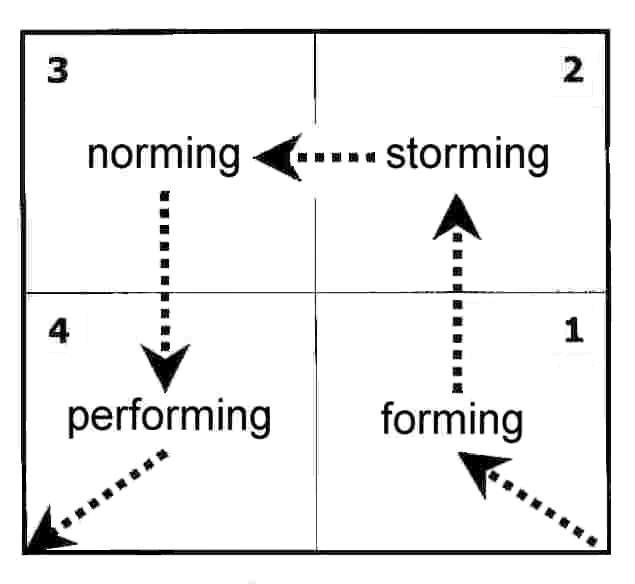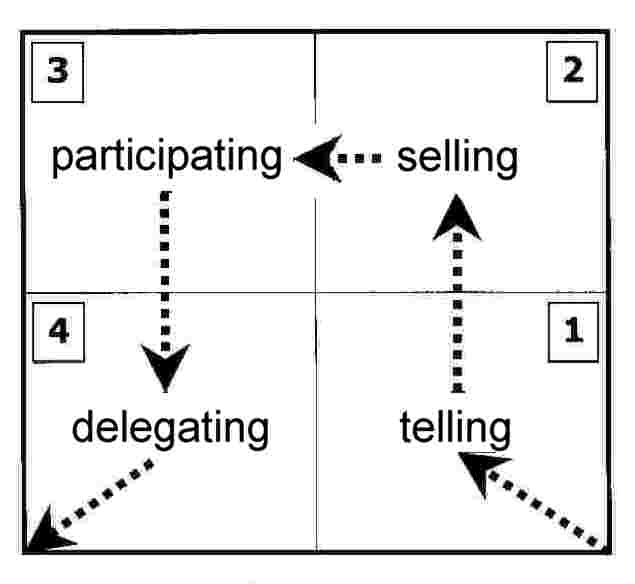What Can You Learn in 2 Minutes?

What can we learn in two minutes? How not to learn.
What say you?
Management Factors is a professional services firm which provides solutions for business improvements across multiple disciplines. Our resources have provided services for numerous industries including: Wireless, Healthcare, Insurance, Media, Financial and Transportation. Our experience expands over 20 years and our resources have expertise in all facets of modern management methods and technologies.


 Management Dashboard – If you are not familiar with a management dashboard then you are certainly missing out. A management dashboard offers a simple yet powerful way for viewing all the important information contained in the databases of your corporation. Such enterprise dashboard solutions allow top management the ability to view business intelligence and other key information relating to business operations.
Management Dashboard – If you are not familiar with a management dashboard then you are certainly missing out. A management dashboard offers a simple yet powerful way for viewing all the important information contained in the databases of your corporation. Such enterprise dashboard solutions allow top management the ability to view business intelligence and other key information relating to business operations.

 The classic Situational Leadership® model of management and leadership style also illustrates the ideal development of a team from immaturity (stage 1) through to maturity (stage 4) during which management an leadership style progressively develops from relatively detached task-directing (1), through the more managerially-involved stages of explanation (2) and participation (3), to the final stage of relatively detached delegation (4), at which time ideally the team is largely self-managing, and hopefully contains at least one potential management/leadership successor.
The classic Situational Leadership® model of management and leadership style also illustrates the ideal development of a team from immaturity (stage 1) through to maturity (stage 4) during which management an leadership style progressively develops from relatively detached task-directing (1), through the more managerially-involved stages of explanation (2) and participation (3), to the final stage of relatively detached delegation (4), at which time ideally the team is largely self-managing, and hopefully contains at least one potential management/leadership successor.
 RADAR CHART/SPIDER CHART
RADAR CHART/SPIDER CHART
 There has been numerous advances in management practices and methods over the last twenty years. Many american industries have significantly increased productivity, customer and employee satisfaction as well as bottom line results. While there has been progress there is much more to improve upon and progress is largely a choice of management.
There has been numerous advances in management practices and methods over the last twenty years. Many american industries have significantly increased productivity, customer and employee satisfaction as well as bottom line results. While there has been progress there is much more to improve upon and progress is largely a choice of management.
 Our firm has had a diverse experience in many industries. From Healthcare, Insurance, Wireless, Transportation and Real Estate we've seen over a hundred companies from the inside out. What is a repeated behavioral problem is "Management Tampering" which does nothing more than increase cost and create further problems. What is "Management Tampering"? It is simply coming to conclusion on a solution without throughly understanding the root cause of a problem.
Our firm has had a diverse experience in many industries. From Healthcare, Insurance, Wireless, Transportation and Real Estate we've seen over a hundred companies from the inside out. What is a repeated behavioral problem is "Management Tampering" which does nothing more than increase cost and create further problems. What is "Management Tampering"? It is simply coming to conclusion on a solution without throughly understanding the root cause of a problem.
 Many firms hire consultants who have experience in their industry. The premise is if a consultant has experience in my industry then they should understand our issues. True or Fasle?
Many firms hire consultants who have experience in their industry. The premise is if a consultant has experience in my industry then they should understand our issues. True or Fasle?
 Knowledge Era Enterprises by Daniel Burrus ©2004 - 2006 All Rights Reserved
Knowledge Era Enterprises by Daniel Burrus ©2004 - 2006 All Rights Reserved
 From Wikipedia, the free encyclopedia we find a definition of Thought leaders as:
From Wikipedia, the free encyclopedia we find a definition of Thought leaders as:
 Management Dashboard – If you are not familiar with a management dashboard then you are certainly missing out. A management dashboard offers a simple yet powerful way for viewing all the important information contained in the databases of your corporation. Such enterprise dashboard solutions allow top management the ability to view business intelligence and other key information relating to business operations.
Management Dashboard – If you are not familiar with a management dashboard then you are certainly missing out. A management dashboard offers a simple yet powerful way for viewing all the important information contained in the databases of your corporation. Such enterprise dashboard solutions allow top management the ability to view business intelligence and other key information relating to business operations.
 Ever been in a meeting and somebody said "let's just get a consultant in here to help us." Well bringing in a consultant might be a good idea, but then again it might not.
Ever been in a meeting and somebody said "let's just get a consultant in here to help us." Well bringing in a consultant might be a good idea, but then again it might not.
 Does Your Organisation's Measurements Support Its Goals? by Samuel Okoro
Does Your Organisation's Measurements Support Its Goals? by Samuel Okoro
 Leveraging Intellectual Capital by Daniel Burrus ©2004 - 2006 All Rights Reserved
Leveraging Intellectual Capital by Daniel Burrus ©2004 - 2006 All Rights Reserved
 From the Impossible to the Possible by Daniel Burrus ©2004 - 2006 All Rights Reserved
From the Impossible to the Possible by Daniel Burrus ©2004 - 2006 All Rights Reserved
 Organizational Change Management & Business Process Improvement by Joe Rothman
Organizational Change Management & Business Process Improvement by Joe Rothman
 If Japan can... Why can't we? was a white paper broadcast by NBC in 1980, credited with beginning the Quality Revolution and introducing the methods of W. Edwards Deming to American managers (producer: Clare Crawford-Mason [1], reporter: Lloyd Dobyns [2]). During the 1980's Japan was seen to be a manufacturing powerhouse and American Industry was struggling to keep pace. The release of the white paper showed everyone that in fact the techniques being used in Japan were espoused by an American W. Edwards Deming who had been largely ignored in American management until the white paper got everyone to sit up and listen. In the following years, it prompted a major change in the way many businesses operated. The report details how the Japanese captured the world automotive and electronics markets by following Deming's advice to practice continual improvement and think of manufacturing as a system, not as bits or pieces.
If Japan can... Why can't we? was a white paper broadcast by NBC in 1980, credited with beginning the Quality Revolution and introducing the methods of W. Edwards Deming to American managers (producer: Clare Crawford-Mason [1], reporter: Lloyd Dobyns [2]). During the 1980's Japan was seen to be a manufacturing powerhouse and American Industry was struggling to keep pace. The release of the white paper showed everyone that in fact the techniques being used in Japan were espoused by an American W. Edwards Deming who had been largely ignored in American management until the white paper got everyone to sit up and listen. In the following years, it prompted a major change in the way many businesses operated. The report details how the Japanese captured the world automotive and electronics markets by following Deming's advice to practice continual improvement and think of manufacturing as a system, not as bits or pieces.
